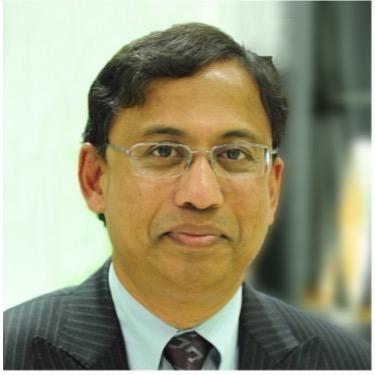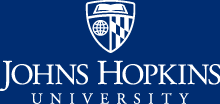The 28th Annual James F. Bell Memorial Lecture In Continuum Mechanics

Description
Guruswami "Ravi" Ravichandran, founding provost and professor of engineering at Jio Institute, will present the 28th Annual James F. Bell Lecture In Continuum Mechanics, titled "Dynamics of Lattice Structures," hosted by the Department of Mechanical Engineering.
Abstract:
Lattice structures are a class of architected cellular materials composed of periodic unit cells with structural components, including rods and plates. Current additive manufacturing techniques allow control and tunability of unit cell geometries, which enable lattice structures to exhibit high stiffness/strength-to-mass ratios and energy absorption. The high strain-rate behavior of polymeric Kelvin lattices is investigated using a split-Hopkinson (Kolsky) pressure bar system with high-speed imaging. Both quasi-static and high strain-rate experiments show the formation of a localized deformation band initiating in the middle of the specimen. Explicit finite element simulations with a tensile failure material model are performed to validate deformation modes and scaling/property trends. The effect of lattice topology on transient dynamic and transition to shock compression behavior is explored with cubic, Kelvin, and octet-truss polymeric lattices.
The steady-state shock compression behavior of stainless steel 316L octet-truss lattices is investigated using plate impact experiments with high-speed imaging and digital image correlation (DIC). A two-wave structure consisting of an elastic precursor wave and a planar compaction (shock) wave is observed. Local shock parameters of lattice structures are defined using full-field DIC measurements, and continuum shock analysis using Rankine-Hugoniot jump conditions is used to extract relevant mechanical quantities. Explicit finite element simulations using the Johnson-Cook constitutive model are performed. Shock analysis is applied to simulations without resorting to an equation of state for the base material, which characterizes this deformation regime as a 'structural shock.'
Who can attend?
- General public
- Faculty
- Staff
- Students







